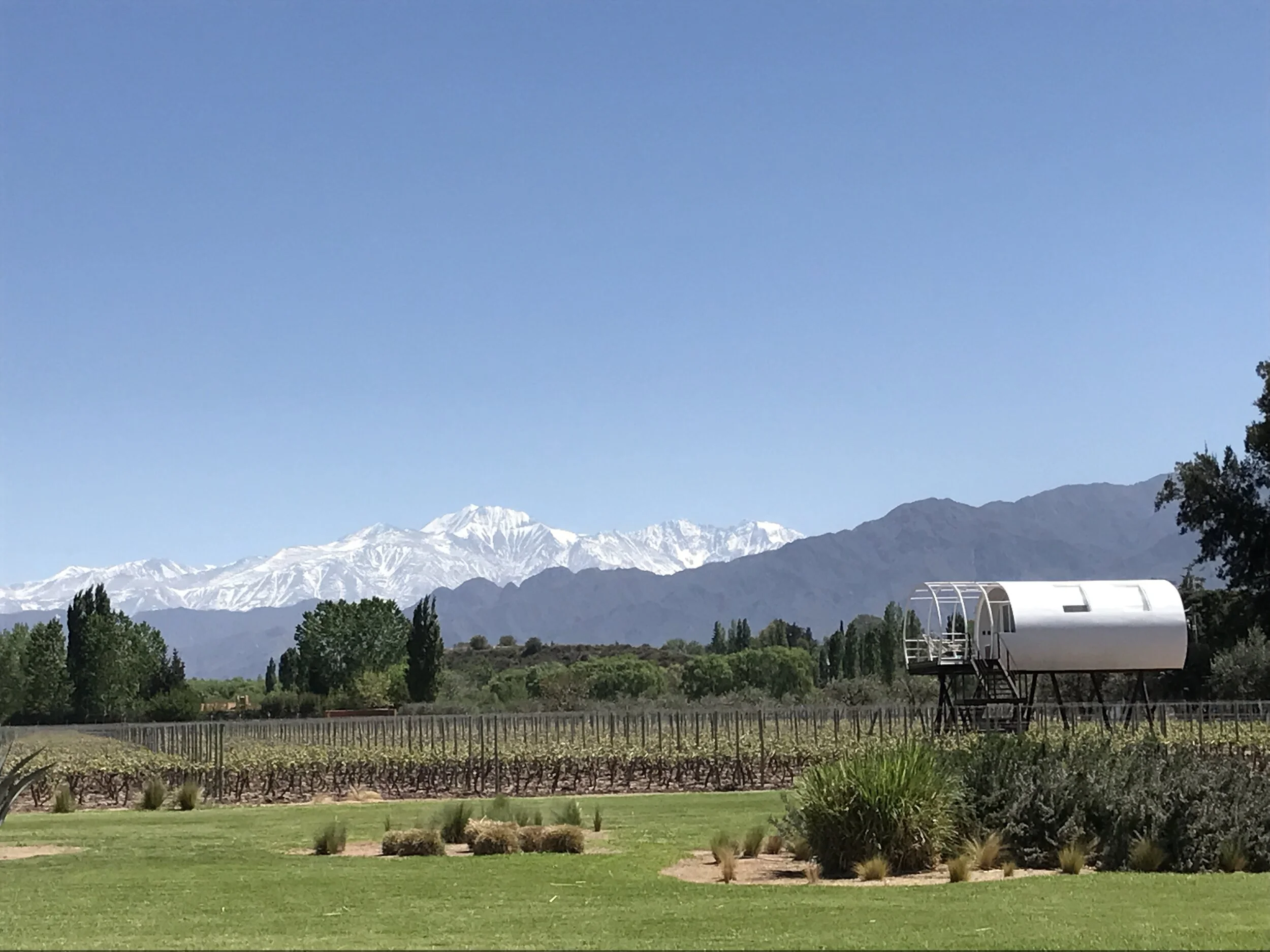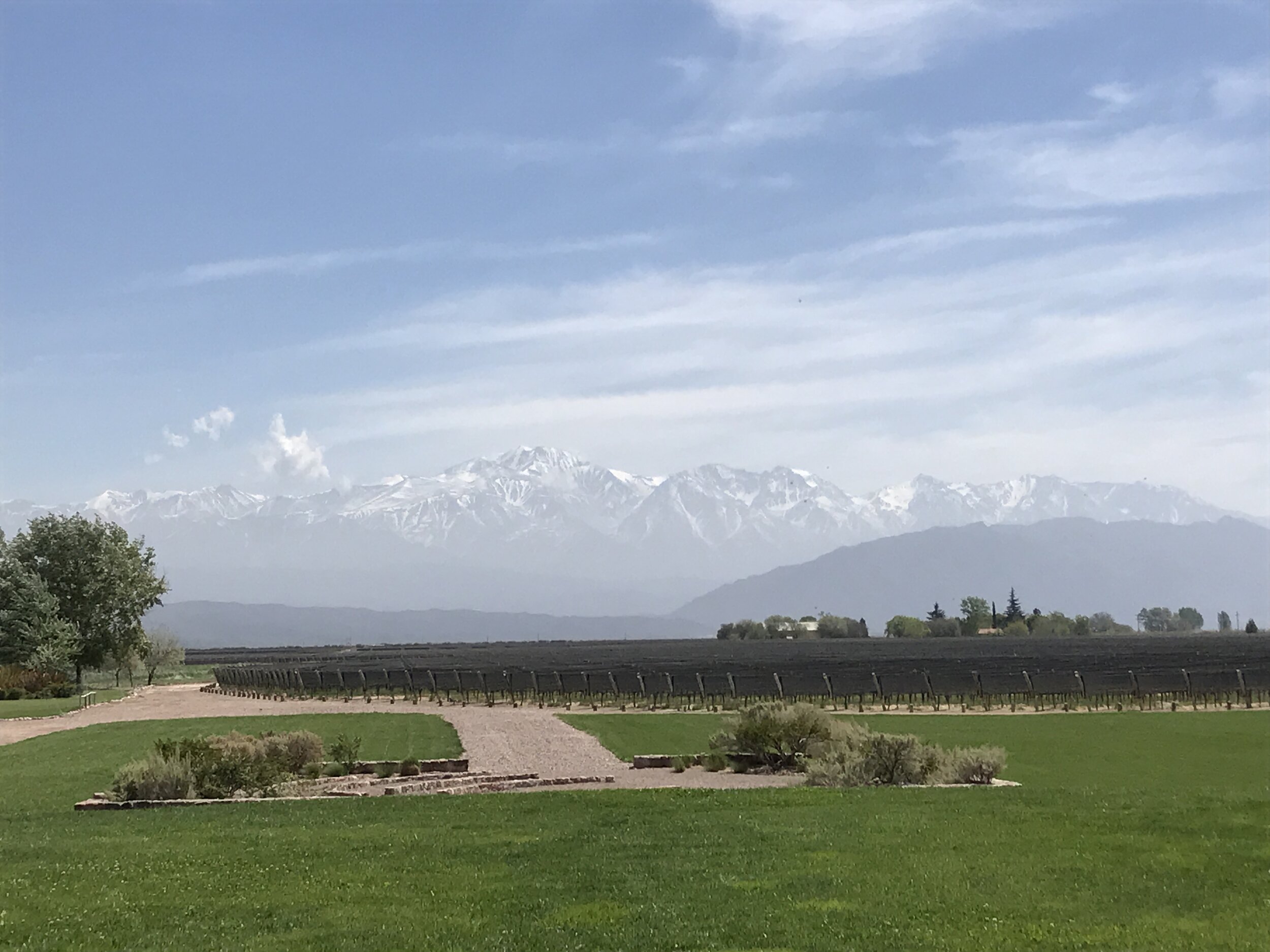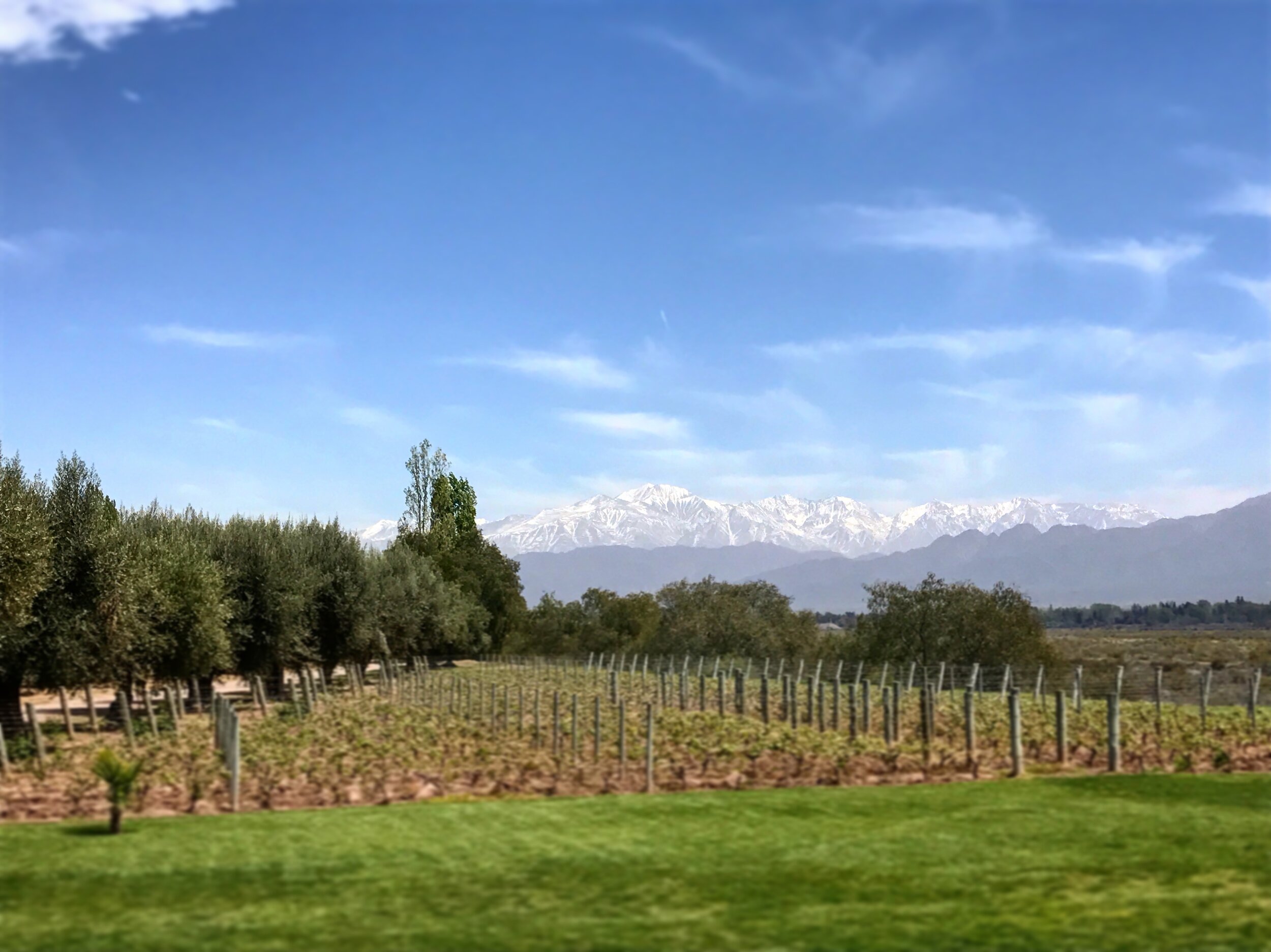That Sense of Place

In the last decade there has been an explosion of food-based travel. As our palates became more sophisticated and we are much more aware of food sources, the produce of the seasons and the importance of food sustainability, exploring world cuisines became the primary focus of many overseas adventures.
For lovers and collectors of fine wine, visiting the great wine regions of the world is equally a prime reason to travel. For it is there, where the wines are born, that discoveries are made that can lead you down paths you never expected. If wine is your passion, there is so much to explore and to learn in what is a complex and fascinating field, with vast differences all over the planet. I have spent many holidays exploring wine regions, visiting as many cellar doors as one can in lazy afternoon after lazy afternoon. Being a huge industry however, and with consumers wine knowledge much more universal, many of the tasting sessions in the more established popular regions can be overwhelming and rushed.
More often that not, however, tasting wine in the place it is made leads to great experiences that expand your understanding of the ever fascinating world of wine. It’s all dependent on the passion of the winemakers you encounter and the staff that work the cellar doors
One such adventure has been on my mind a lot lately, all because of a surprisingly magnificent bottle from that region I opened the other evening. Upon the first sip I was transported back to a place where each winery visit offered up so much.
I went to Argentina in 2017 to explore the unique wines made from the Malbec grape. Mendoza is one of the world’s greatest wine regions, with over 1,500 wineries spread out through three distinct sub-regions – Lujan de Cuyo, The Uco Valley and Maipu.
Malbec in Mendoza is king. It grows there like nowhere else on earth. With its unique terroir, each sub-region produces very distinctive wines, with often striking differentiation. Once prolific in France, Malbec was first brought to Argentina in the mid-19th Century and flourished. Difficult to grow in the fickle French climate, it soon became a lesser grown variety, with a remarkably different flavour profile. It is a grape very sensitive to temperature variations, frost and cold climate. It needs vast constant sunshine to thrive and fully ripen. Mendoza fits the bill perfectly.
Malbec from Mendoza are deep purple in colour, very full and juicy, with spice and a rich, velvet texture. Tannins are generally quite soft, surprisingly, as the wines are usually high in alcohol. The fruit is always forward and offers a kaleidoscope of mouth-filling flavour.
Malbec’s popularity, particularly amongst Americans, was soaring at the time I went and it is reflected in the multitude of limited edition and single vineyard wines made by vintners. I discovered so many magnificent wines that I had never seen back home in Australia. The Argentinian and American love of big, bold reds pushed Malbec to the fore in Argentina, where it is now so synonymous with the country.
Of all the world’s wine regions I think Mendoza is the most stunningly dramatic. The wide open spaces run for miles, nothing but vines and enormous mountains in the distance against the bluest of clear skies. The baking sun throughout most of the year means the vines grow superbly, with average vintages very rare.
I had a week to explore as much as I could. What made Mendoza such a standout was a combination of factors. Rugged natural beauty aside, it is the overall quality of the wines coupled with the very personal interaction with the winemakers that made it so special. In Lujan de Cuyo and the Uco Valley, my visits to the wineries were very personal and extensive. Meeting the winemakers and wandering through the single vineyard sites, followed by tastings of the most prestigious flagship wines and many back vintages, often a couple of hours easily slipped by. Having to make appointments and with limits on the number of visitors made a world of difference.
The passion of the vintners and of the staff was immediate, but was coupled with a certain humility, where knowledge of how great they knew their product was, was accompanied by a reverence for the land, the terroir and the grape. I found the people working the wineries calm and proud, and I learned more about wine and the Argentinian people in my one week exploring Mendoza than I have in just about anywhere else I’ve been. I went to huge wineries with the most architecturally spectacular buildings I’ve seen in any winelands, as well as many smaller makers. All shared the passion and the love of wine, in that particular place.
Feeling extremely satisfied by my interactions with the people of this unique land, leaving Mendoza was hard. As I continued my adventures, flying over the gigantic Andes mountains on my way to Santiago, Chile, was the feather in the cap, an experience that took my breath away in a moment of still silence. What a trip this one was.
One of the very best things about collecting wine is that opening of a bottle that sends you right back to the place you discovered it. That combination of sight, smell and taste, all the hallmarks of what makes wine so magnificent.
The coming together of all of your senses. All from that sense of place, you will never forget.





